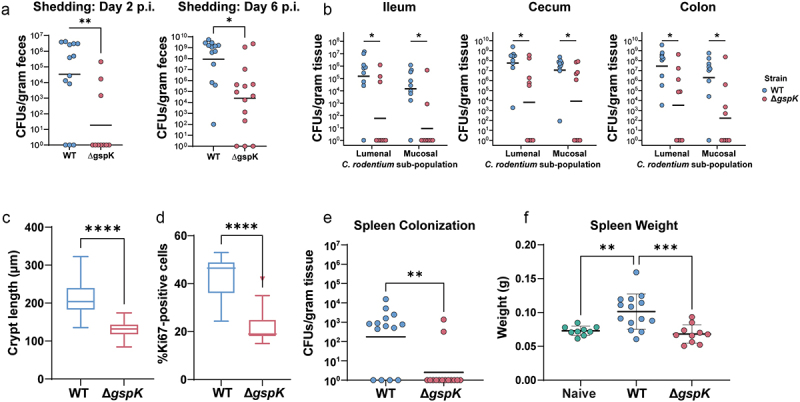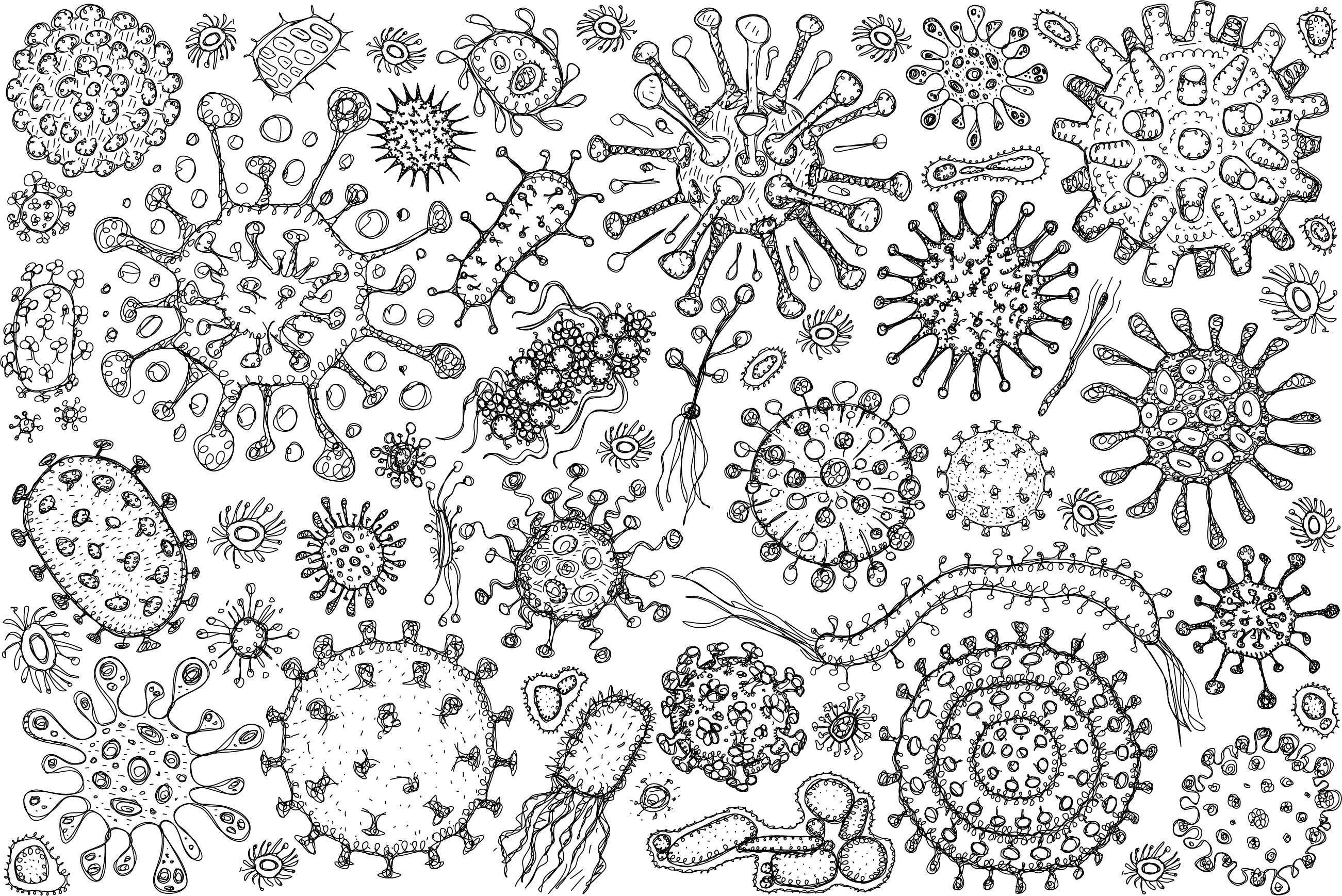
Publication: Citrobacter rodentium possesses a functional type II secretion system necessary for successful host infection
Publication: Infectious diarrheal diseases are the third leading cause of mortality in young children, many of which are driven by Gram-negative bacterial pathogens. To establish successful host infections these pathogens employ a plethora of virulence factors necessary to compete with the resident microbiota, and evade and subvert the host defenses. The type II secretion system (T2SS) is one such conserved molecular machine that allows for the delivery of effector proteins into the extracellular milieu. To explore the role of the T2SS during natural host infection, we used Citrobacter rodentium, a murine enteric pathogen, as a model of human intestinal disease caused by pathogenic Escherichia coli such as Enteropathogenic and Enterohemorrhagic E. coli (EPEC and EHEC). In this study, we determined that the C. rodentium genome encodes one T2SS and 22 potential T2SS-secreted protein effectors, as predicted via sequence homology. We demonstrated that this system was functional in vitro, identifying a role in intestinal mucin degradation allowing for its utilization as a carbon source, and promoting C. rodentium attachment to a mucus-producing colon cell line. During host infection, loss of the T2SS or associated effectors led to a significant colonization defect and lack of systemic spread. In mice susceptible to lethal infection, T2SS-deficient C. rodentium was strongly attenuated, resulting in reduced morbidity and mortality in infected hosts. Together these data highlight the important role of the T2SS and its effector repertoire during C. rodentiumpathogenesis, aiding in successful host mucosal colonization.
Keywords: Citrobacter rodentium, type II secretion system, T2SS, mucin, attaching and effacing pathogen, mucosal invasion, mucus degradation, enteric infection, bacterial pathogenesis, host-pathogen interactions

